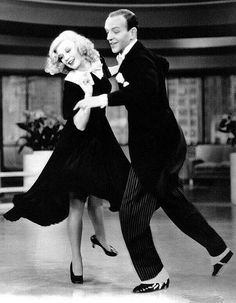A dance party in the beach town of Santa Cruz, California, a quiet oasis 70 miles south of San Francisco, back in 1956 (years before it became a counterculture capital), led to a bit of overreaction by the town’s conservative adult authorities. Two hundred teenagers had taken over the Santa Cruz Civic Auditorium on a Saturday night to dance to the  music of a group called Chuck Higgins and his Orchestra, regional favorites with a few hit rock recordings. Shortly after midnight, Santa Cruz police entered the auditorium to check on the event, and didn’t like what they saw: a crowd “engaged in suggestive, stimulating and tantalizing motions induced by the provocative rhythms of an all-negro band.” Although that sounds like a pretty good endorsement for the affair, the police did not view it as a positive. Without so much as a “save the last dance for me,” they shut the place down and sent everyone home to bed.
music of a group called Chuck Higgins and his Orchestra, regional favorites with a few hit rock recordings. Shortly after midnight, Santa Cruz police entered the auditorium to check on the event, and didn’t like what they saw: a crowd “engaged in suggestive, stimulating and tantalizing motions induced by the provocative rhythms of an all-negro band.” Although that sounds like a pretty good endorsement for the affair, the police did not view it as a positive. Without so much as a “save the last dance for me,” they shut the place down and sent everyone home to bed.
And they didn’t stop there. On the following day, June 3, city fathers further endeared themselves to city teenagers and captured national attention when they announced a total ban on the playing of rock and roll and other forms of “frenzied music” at public gatherings (the other forms probably meant to pull Wayne Newton into the loop). Such music was, they said, “detrimental to both the health and morals of our youth and community.”
Not everyone saw this as an absurdity, it’s concern with “undesirable elements” not so subtly racial, and an effort that was bound to fail. Within two weeks, similar bans were enacted in Asbury Park, New Jersey, and in San Antonio, Texas. But in spite of such valiant efforts, rock and roll would soon dominate the Billboard Hot 100, and teenagers everywhere would be singing “It’s got to be rock-roll music, if you want to dance with me.”

